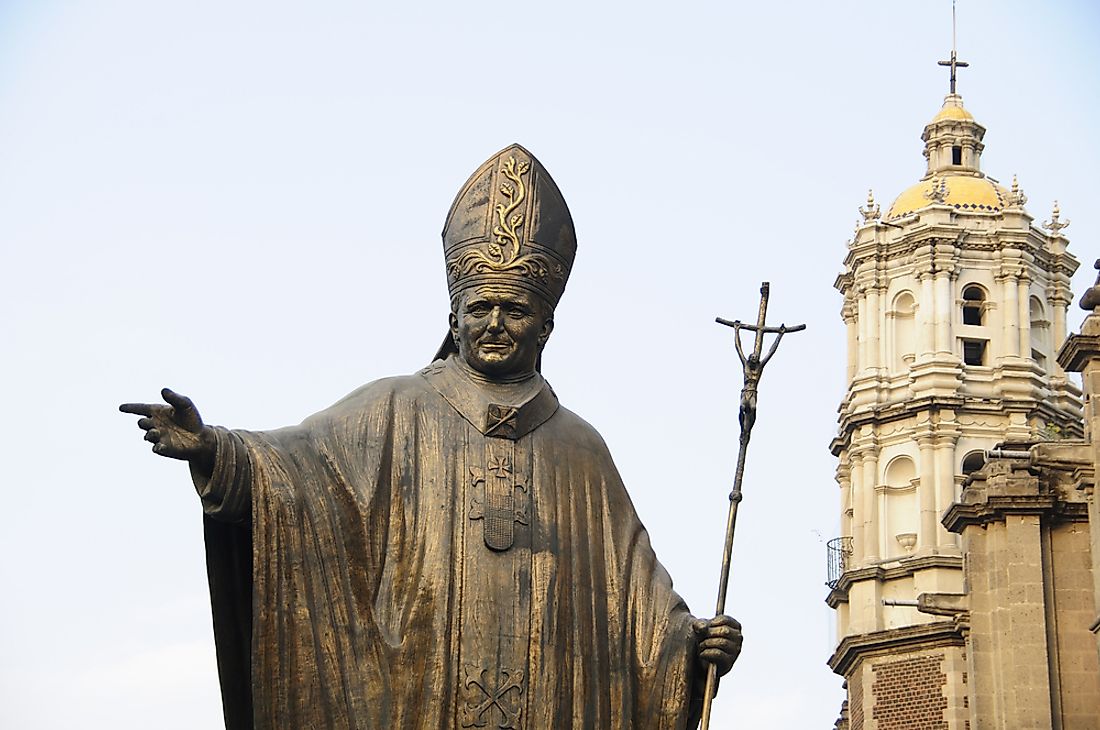What Was the Cristero War?

The Cristero War (Cristero Rebellion or La Cristiada) took place between 1926 and 1928 in most central-western Mexico States against Mexican government’s anti-Catholic, anti-clerical, and secularist laws. President Plutarco Elías Calles enforced the laws (Calles Laws) in 1917 following the constitutional provisions to eliminate powers of the Catholic community and its institutions together with other religious celebrations. The rebellion was popular in rural areas and had the support of the Catholic Church. La Cristiada was a major struggle between the church and state.
Background
During the Mexican revolution that took place from 1910-1920, the Catholic Church and state made an informal agreement not to implement anticlerical articles of the 1857 constitution. After the change of the country’s leadership, northern revolutionaries targeted the Catholic Church with violent anticlericalism. The new regime strengthened anticlerical criminal laws in 1926 and enforced them because the state felt that the Church was too powerful. The widespread peasant revolts on land rights in Catholic majority regions at the time also led to a ban on religious celebrations, thus initiating conflicts that killed thousands fighting for religious freedoms. Both the Catholic and government groups engaged in unconventional terrorist like attacks throughout the war.
Church-State Conflict
At the time, the Catholic Church was very powerful and had many followers. In many instances, they openly participated in politics through denouncing some political activities, supporting other activities and befriending factions of politicians. The Calles Laws were enacted to clip the wings of the church. The rules were strict as priests were not allowed to wear their religious garbs outside church premises or criticize the government. In some areas, only a single priest was authorized to serve the church. Church properties, including schools, were seized and foreign priests expelled. Peaceful resistance by Catholics yield no results and led to small skirmishes in 1926 then to full violent uprisings in 1927. The rebels called themselves "Cristeros" and invoked the name “Cristo Rey”, meaning "Christ the King". A group of women known as the "Feminine Brigades of St Joan of Arc" smuggled food, ammunitions, and other assistance to the rebels. Many priests were publicly tortured and murdered during La Cristiada rebellion. Among the 4,500 priests before the revolt, only 334 received licenses to serve the 15 million followers. Most priests migrated while others were expelled or assassinated. Approximately 5% of Mexicans fled to the US.
Truce
The US Ambassador to Mexico, Dwight Whitney Morrow, engaged the church and the state diplomatically to end the war. The Knights of Columbus provided financial relief and logistical aid during the diplomatic process until the end. Worried, Pope Pius XI issued Quas Primas instituting the Feast of Christ the King in 1925 and Iniquis afflictisque (On the Persecution of the Church in Mexico), disapproving the fierce anti-clerical persecution in Mexico. After 1928, government oppression continued but in isolated cases with the pope responding each time. However, the Catholic Church did not support the Cristeros who kept fighting.
The end of Hostility between the Church and the State
The Catholic Church and followers continued to suffer long after the truce. The Government introduced secular education in Catholic schools and monopolized most Catholic institutions despite the repeal of the Calles Laws. Calles’s successor, Lazaro Cardenas, would later condemn the laws and institute legal process against Calles and his associates, most of who ended in exile. In 1940, Manuel Avila Camacho, a Catholic, became president and restored the relationship that existed between the church and state.







